The interviews put out in this section offer comments, insights and narrations of personal experiences related to the many strategies and tactics adopted by the Narmada Bachao Andolan (NBA) during its more than three decades as a mass resistance movement. These select voices include senior leaders, activists and ideologues of the NBA. The interviews given here are excerpts from mostly much longer interviews, and consist of those parts where they talk about their experiences and observations on the strategies of the struggle and the processes in building a powerful people’s movement. A brief introduction listing of the key strategies adopted by the NBA is available here.
The list of people with links to their narrations is given below.
Kamala Yadav (Kammujiji)
Submergence Village Chotabadada, Madhya Pradesh.
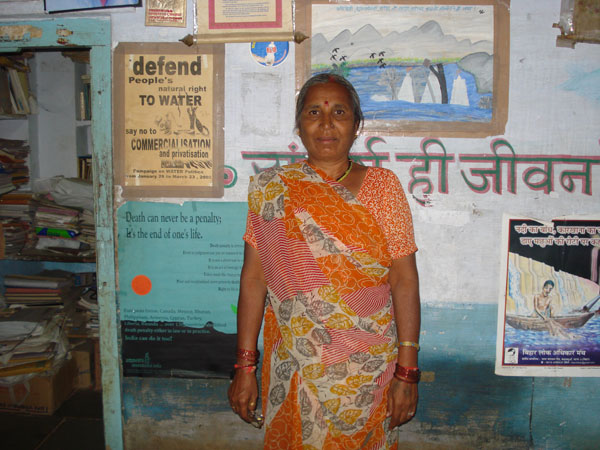
Kamala Yadav is a firebrand woman leader and full time activist of the Narmada Bachao Andolan (NBA). Popularly called Kammujiji, she is the part of the Samarpit Dal (dedicated squad) of the NBA. Her village Chotabadada is one of the 245 villages that fall in the submergence zone of the Sardar Sarovar Project (SSP). Kammujiji has been carrying out several responsibilities of the movement both within the Narmada Valley and representing the NBA outside the valley. The most important of her roles has been to face the rising waters of the dam as part of the Samarpit Dal of the NBA and carry out fasts to actualise the demands of the movement.
Interview Duration: 1:22:00
Language: Hindi and Nimadi, Subtitles in English
Rehmat
Submergence Village Chikhalda, Madhya Pradesh (M.P.)
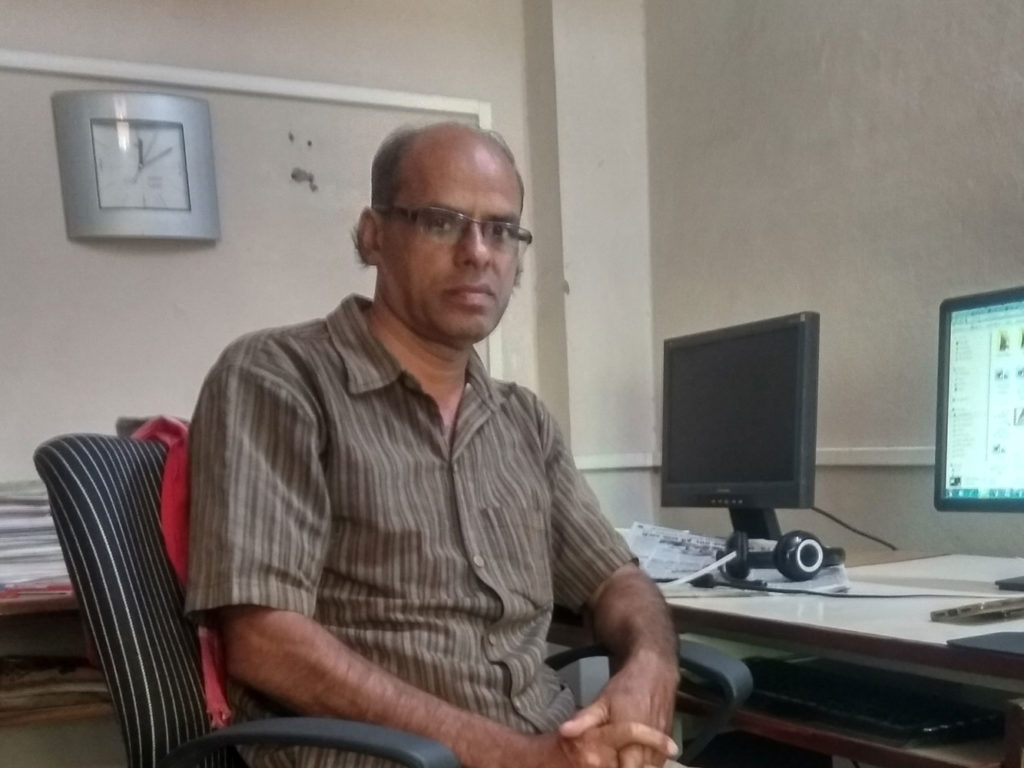
Rehmat, a resident of the submergence village Chikhalda in M.P., and an oustee himself, has been one of the key activists of the Narmada Bachao Andolan (NBA). Rehmat’s contribution to the NBA knows no parallel, right from managing one of the main offices of the NBA in Badwani to exposing the widespread corruption in rehabilitation of oustees in M.P. that once again stalled the Sardar Sarovar Project (SSP) in the decade of 2000, to managing “Nijbal”, Baba Amte and Sadhana Tai’s residence on the banks of the Narmada after their return to Anandvan, to research and analysis of key issues related to the project and extensive writing on these issues. Rehmat’s involvement in the struggle has been multifaceted and extraordinary. Rehmat continues to play a critical role in the NBA and is also a senior member of Manthan Adhyayan Kendra, an organisation that critically examines water and energy issues.
Interview Duration: 2:43:00
Language: Hindi, Subtitles in English
Rasik (bhai) Gajanand Trivedi
Submergence Village: Vadgam, Resettlement site: Dhefa, Gujarat
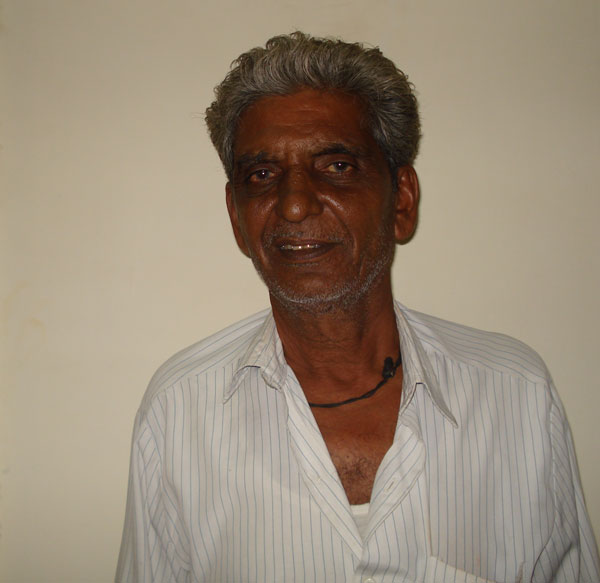
Rasikbhai, an oustee himself, belongs to Vadgam, the very first village in Gujarat facing submergence due to the Sardar Sarovar Project (SSP) from out of a total of 245 villages in the Narmada Valley. Rasikbhai has been a full time activist and leading member of the Narmada Bachao Andolan (NBA). As an activist, Rasikbhai took up several responsibilities of the movement from mobilising people across the over 100 resettlement sites in Gujarat, to data collection, to media briefing and helping the hundreds of visitors that came to the NBA to understand the issues raised by the movement through field visits. Rasikbhai’s work as an NBA activist has been particularly challenging for working near the SSP dam site and in a state which has remained exceedingly hostile to the movement.
Interview Duration: 0:25:00
Language: Gujarati, Subtitles in English
Manglia Pawara
Submergence village Bhadal, Resettlement Site: Chikhali, Maharashtra
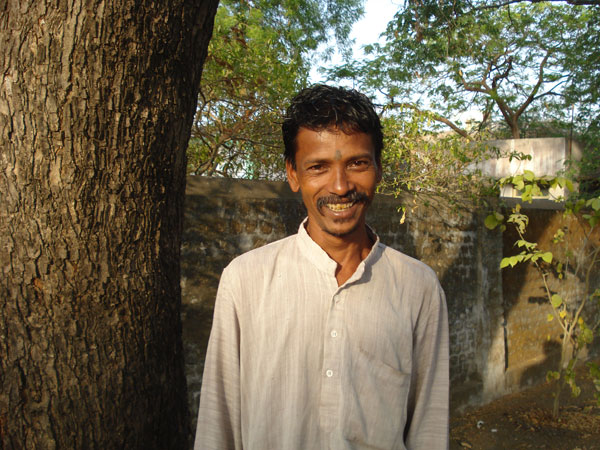
Manglia Pawara, a firebrand adivasi leader of the Narmada Bachao Andolan (NBA) has been at the forefront of the movement for many decades now. Manglia’s village Bhadal is one of the 33 villages to have been submerged in the Sardar Sarovar Dam waters and he currently resides with his family in Chikhali resettlement site in Maharashtra. A great orator, Manglia has been a great mobiliser too. Popularly called just Manglia, his contribution to the NBA has been phenomenal. Donning several responsibilities in the struggle, Manglia’s views on the many strategies of the NBA provide important insights.
Interview Duration: 0:47:20
Language: Hindi & Pawari, Subtitles in English
Amit Bhatnagar
Founding member, Khedut Mazdoor Chetna Sangathan (KMCS) and Adharshila Learning Centre, Madhya Pradesh.
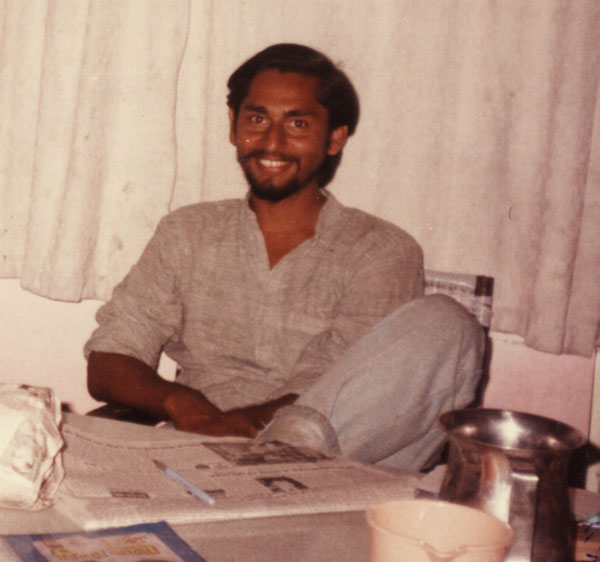
Amit Bhatnagar left his study of Architecture to move to a life of struggle and mobilisation for social justice. He has keen interest in tribal resistance, art, music, culture, history and economy, its knowledge and dissemination. Founding member of the extraordinary tribal movement in Alirajpur district of western Madhya Pradesh, the KMCS, Amit is also the founding member of Adharshila Learning Centre. Many villages which were a part of KMCS were also on the banks of Narmada and KMCS became an integral part of the Narmada Bachao Andolan (NBA). Amit has played a critical role in the founding of KMCS as well as in the formative years of the NBA. Many activists of KMCS continue to play an important role in the NBA.
Interview Duration: 2:10:00
Language: Hindi, Subtitles in English
Girish (bhai) Patel (1938-2018)
Lok Adhikar Sangh and Narmada Bachao Andolan, Ahmedabad, Gujarat
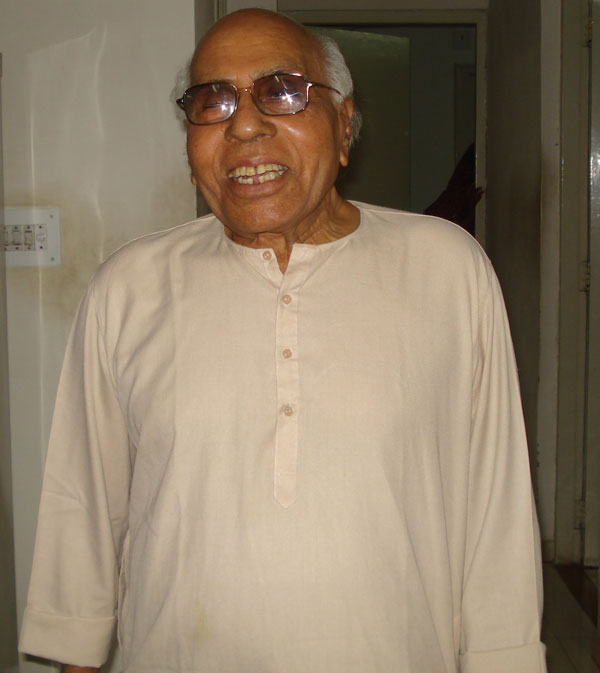
Girishbhai Patel, popularly known as the Public Interest Litigation (PIL) man of Gujarat was a renowned human rights lawyer of Gujarat. Importantly, Girishbhai was into the thick of all important people’s movements of Gujarat since the time of India’s independence; be it the Adhyapak Movement to the Maha Gujarat Andolan, Navnirman Andolan to the Narmada Bachao Andolan (NBA). Founder of Lok Adhikar Sangh, Girishbhai during his life time filed over two hundred public interest litigations for the rights of the marginalised and protection of environment. His involvement went beyond just legal actions, and he actively and directly participated in many struggles of the marginalised communities of Gujarat. Founding member and ideologue of NBA, Girishbhai’s role in the movement has been phenomenal.
Interview Duration: 0:31:30
Language: Gujarati and English, Subtitles in English
Doctor Sugan Baranth
National President, Nai Talim, Malegaon, Maharashtra
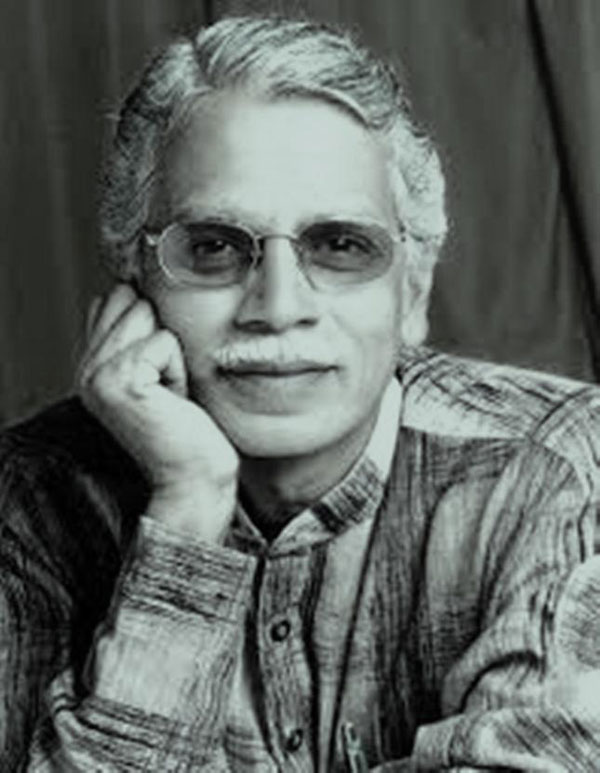
Doctor Sugan Baranth, a leading Sarvodayi and at the time of writing this (July 2020), is the National President of Nai Talim, promoting the education system inspired by Gandhian thoughts. Before taking up social causes, Dr. Baranth was a successful doctor with social conscience. Influenced by Jayprakash Narayan’s call to the youth, he was an active member of Chatra Yuva Sangharsh Vahini. Later, influenced by Sarvoday ideology of constructive work and struggle, Dr. Baranth became active in the Maharashtra Sarvoday Mandal and grew to be its president at the State and the National level. Dr. Baranth has been an active member of Narmada Bachao Andolan (NBA) and also a leading member in managing the constructive work of the NBA, particularly the Narmada Jeevan Shalas. He continues to be active in the NBA as well as Sarvoday Mandal and Nai Talim.
Interview Duration: 2:26:36
Language: Hindi, Subtitles in English
Rukmani (Kaki) Patidar
Submergence Village: Chotabadada, Madhya Pradesh
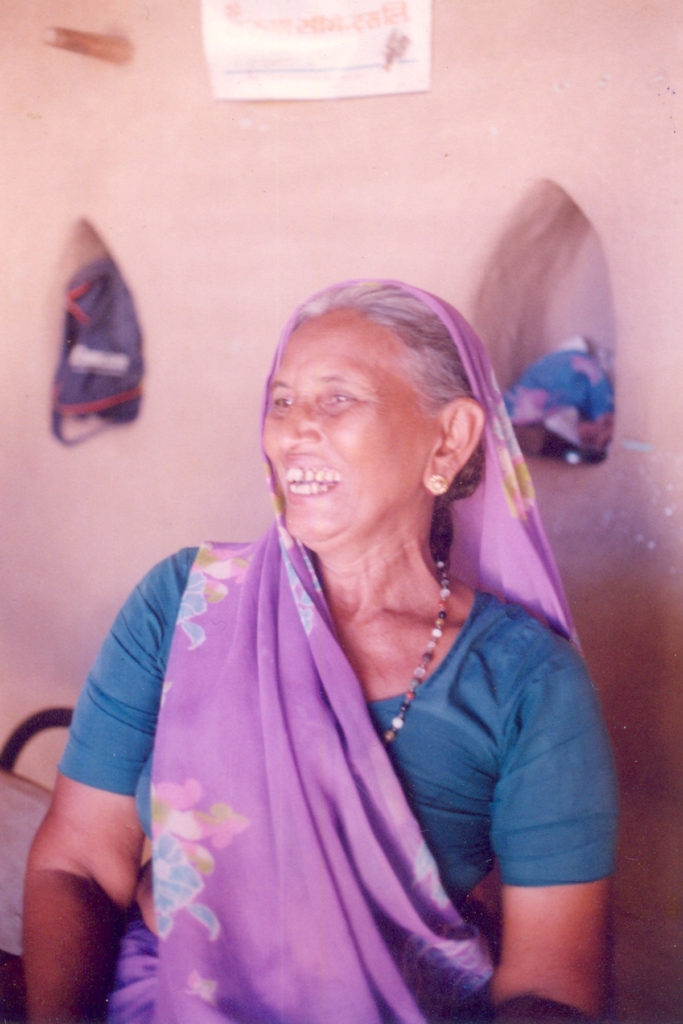
Rukmani Patidar, popularly known as Rukmikaki or just Kaki is one of the most outstanding of woman leaders of the NBA. An oustee herself, she was one of the first among women from a submergence village, to come forward to not only join the movement against the Sardar Sarovar Project (SSP) but take upon herself the task of mobilising other women across the Narmada Valley from the early phases of the movement itself.
One of the important strategies of NBA has been to initiate and strengthen movements by people affected by other upcoming dams as the part of Narmada Valley Development Plan (NVDP). NVDP as it is known consists of 30 large, 135 medium and 3000 small dams to be built on the Narmada River and its tributaries. One among these, the Maheshwar Hydro Electric Project, was one of the first privatised hydro power projects in the country. With sixty-one villages in the submergence zone of the Maheshwar dam, the anti-dam struggle gained enormous strength and succeeded in drawing international solidarity that forced international financial institutions and companies to step back. Due to the powerful people’s struggle and the issues raised by the NBA, finally in April 2020, the Madhya Pradesh government terminated the power purchase agreement (PPA) of the project owned by S Kumar, a private company. This was 25 years after the agreement was first signed with the company and an expenditure of Rs 3,000 crore on the project.
In her interview here, Rukmikaki helps understand how the experienced activists of NBA working in the submergence area of SSP helped build the resistance movement against the Maheshwar dam and shares many details of the anti Maheshwar dam struggle itself.
Interview Duration: 0:38:00
Language: Hindi, Subtitles in English
SHANTA (BEN) YADAV
Submergence Village Pipri, Madhya Pradesh (M.P.)
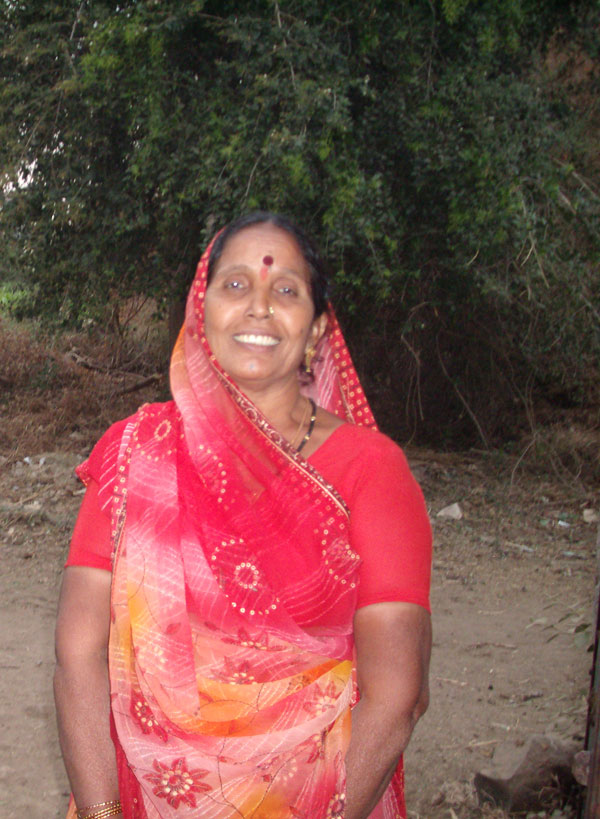
Shantaben Yadav is one of the key women leaders of the Narmada Bachao Andolan (NBA).
In this clip, Shantaben explains in detail the coming of Padma Visbhushan Late Shri Baba Amte to the Narmada valley and joining the NBA with the pledge that he shall drown but not move and that the Sardar Sarovar project should not be built. She also narrates the events leading up to Baba’s departure and returning back to Anandvan (Maharashtra) after living in the submergence village Kasravad (Madhya Pradesh) for over a decade. This interview helps understand that while joining of well-known and an iconic figure may give a tremendous boost to a people’s movement; the departure of such a figure from the movement can cause irreparable damage to the movement, particularly if the event is not handled delicately by the movement. Here, Shantaben also explains how the social fabric of the submergence village is impacted due to cash compensation.
Interview Duration: 00:36:52
Language: Audio in Nimadi, Subtitles in English
Reflections on the strategies of the Narmada Bachao Andolan
For any mass or civil rights movement, decision making processes, strategies and tactics are of prime importance. The people’s movement in the Narmada valley against the Sardar Sarovar Project (SSP) arrived at the “No Dam” position in the late 1980s. Since then, the Narmada Bachao Andolan (NBA) not only challenged the gigantic SSP but the very development paradigm it represents. The NBA through creative strategies as part of the mass resistance managed to stall the Sardar Sarovar dam from being built for many years, forced the three party states to resettle thousands of project affected families with some modicum of proper compensation and rehabilitation, and successfully challenged the involvement of the international financial institutions like the World Bank in the project. The NBA also initiated and led several other struggles against large dams being built on the River Narmada and its tributaries in Madhya Pradesh.
To achieve the many milestones and actualise the many demands of the people’s movement, the NBA adopted various strategies during the past three decades like, ‘Koi Nahi Hatega, Bandh Nahi Banega’, which means- ‘No One Shall Move The Dam Shall Not Be Built’; ‘Dubenge Paar Hatenge Nahi’, which means- ‘We Shall Drown But Not Move’; ‘Hamare Gaon Mein Hamara Raj’, which means- ‘Our Rule In Our Village’; ‘Jalsamarpan’, which means sacrifice by drowning; legal action, rallies, sit-ins, road blockades, fasts, non-cooperation, participation in electoral politics and so on.
Each of these strategies were adopted after great deliberation, and carried out with sincerity and steadfastness by the people of the Narmada valley and it would be important to understand people’s views on how each of these actions helped NBA realise many of its demands, how far these were successful and what were the difficulties faced. To begin with, excerpts from select interviews of senior members of NBA have been put up here, wherein each one of them reflects on the different strategies of the NBA and the decision making processes of the organisation. The interviewees also talk about the important processes in building up of a movement like the NBA and the challenges there in.
This exercise helps understand the people’s movement in the Narmada valley as seen from within by some of its senior members. Sometimes the views expressed by an interviewee differ from the views expressed by other interviewees about strategies and processes in the NBA. Therefore the information shared here is rich and diverse, offering insights into the many shades of thinking in the movement. The interviews here of those who have played extraordinary role in people’s movements and organisations like the NBA and Khedut Mazdoor Chetna Sangathan are valuable lessons for other people’s movements as well as students of developmental, environmental, social and political science.
More interviews or excerpts from interviews of senior members of the NBA dealing with the aspects related to strategies of the NBA, the processes involved in building this powerful people’s movement and the challenges therein will be put up here from time to time to understand better these very important facets of the struggle.